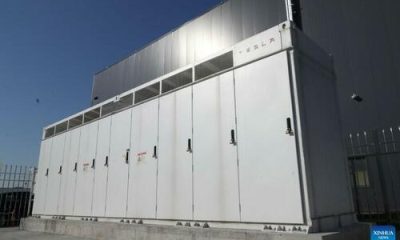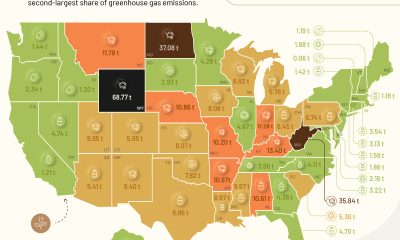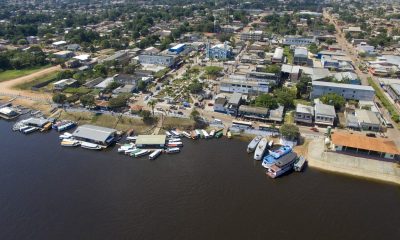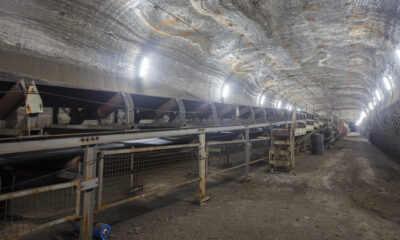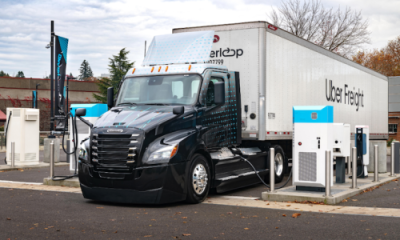Energy & Critical Metals
Duke Energy to build and operate system capable of producing, storing and combusting 100% green hydrogen in a combustion turbine
Duke Energy will break ground in DeBary, Fla., on the first demonstration project in the United States to create clean energy using an end-to-end system…
Duke Energy will break ground in DeBary, Fla., on the first demonstration project in the United States to create clean energy using an end-to-end system to produce, store and combust 100% green hydrogen.
The innovative system is the result of collaboration between Duke Energy, Sargent and Lundy, and GE Vernova and will be located at Duke Energy Florida’s DeBary plant in Volusia County, Fla.
This one-of-its-kind, end-to-end system will begin with the existing 74.5-megawatt (MW) DeBary solar plant providing clean energy for two 1-MW electrolyzer units that will separate water molecules into oxygen and hydrogen atoms.
The resulting oxygen will be released into the atmosphere, while the green hydrogen will be delivered to nearby, reinforced containers for safe storage. During times when energy demand is highest, the system will deliver the stored green hydrogen to a combustion turbine (CT) that will be upgraded using GE Vernova technology to run on a natural gas/hydrogen blend or up to 100% hydrogen. This will be the US’ first CT in operation running on such a high percentage of hydrogen.
Duke Energy anticipates hydrogen could play a major role in our clean energy future. Hydrogen has significant potential for decarbonization across all sectors of the US economy. It is a clean energy also capable of long-duration storage, which would help Duke Energy ensure grid reliability as we continue adding more renewable energy sources to our system.
—Regis Repko, senior vice president of generation and transmission strategy for Duke Energy
Readily available hydrogen is a dispatchable energy source, meaning it is available on demand. It can be turned on and off at any time and is not dependent on the time of day or the weather, like sun, wind or other renewable energy sources known as intermittent.
Dispatchable energy provides a needed element of reliability that will enable adding more intermittent energy sources, yet still ensuring meeting customer demand, even during extended periods of high demand. Using solar energy to generate green hydrogen enables solar plants to be optimized. Relying on intermittent energy sources without available dispatchable energy sources would put future electric system at risk of having insufficient energy to serve customer demand.
Construction of the demonstration project in DeBary will begin later this year and could take about one year to complete. Duke Energy anticipates the system will be installed and fully functioning in 2024.

Uranium Exploration Company Announces Additional Staking in the Athabasca Basin
Source: Streetwise Reports 12/22/2023
Skyharbour Resources Ltd. announced an update from its Canada-based Falcon Project along with additional…
Tesla Launches New Mega Factory Project In Shanghai, Designed To Manufacture 10,000 Megapacks Per Year
Tesla Launches New Mega Factory Project In Shanghai, Designed To Manufacture 10,000 Megapacks Per Year
Tesla has launched a new mega factory…
Giving thanks and taking stock after “a remarkable year”
An end-of-year thank you to our readers, industry colleagues and advertisers before Electric Autonomy breaks from publishing until Jan. 2
The post Giving…

